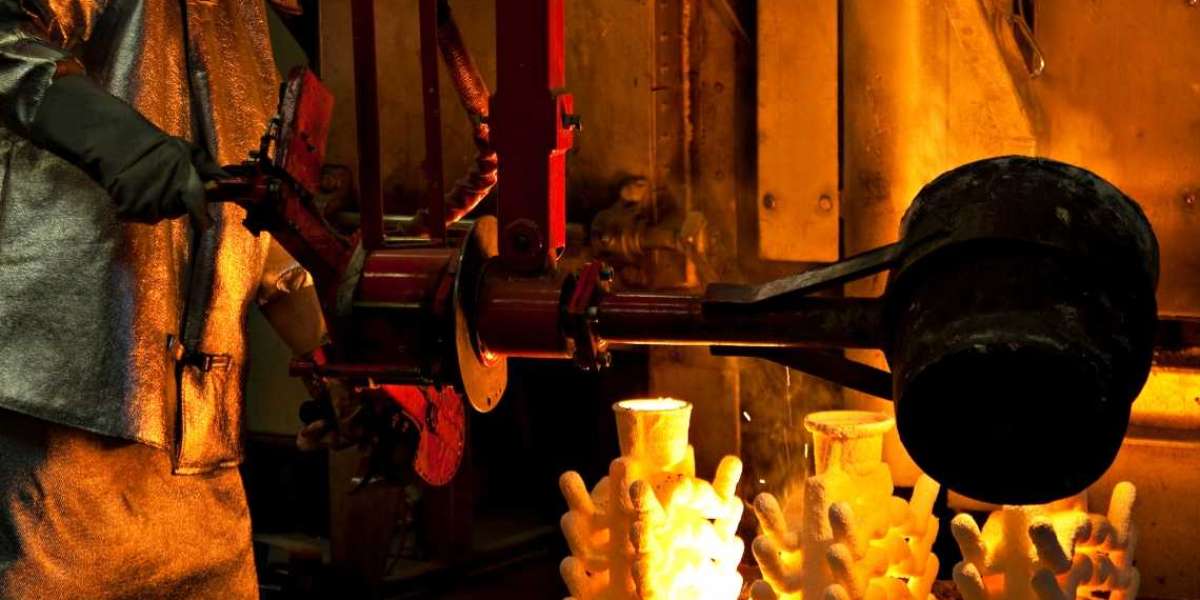Casting iron, a process with a rich history dating back centuries, continues to be a cornerstone of modern manufacturing. This comprehensive guide explores the world of casting iron, covering the different types, processes, properties, advantages, and applications of this versatile material.
I. Understanding Casting Iron:
Casting iron refers to the process of melting iron and pouring it into a mold to create complex components with specific shapes and properties. It is widely used in various industries due to its exceptional strength, durability, and heat resistance.
II. Types of Cast Iron:
- Gray Iron: The most common type of cast iron, gray iron exhibits excellent castability, good damping capacity, and high wear resistance. It is widely used in automotive components, machine frames, and engine blocks.
- Ductile Iron: Also known as nodular or spheroidal graphite iron, ductile iron offers increased tensile strength, toughness, and ductility compared to gray iron. It finds applications in pipes, valves, gears, and structural components.
- White Iron: White iron is characterized by its white, hard, and brittle structure. It possesses exceptional wear resistance and is commonly used in applications requiring abrasion resistance, such as pump impellers, chutes, and mining equipment.
- Malleable Iron: Malleable iron is produced by heat-treating white iron, resulting in improved ductility and toughness. It is used in applications that require good shock resistance, such as agricultural machinery and hand tools.
III. Casting Iron Process:
- Pattern and Mold Preparation: Develop or procure a pattern that represents the desired component shape. Create a mold cavity using materials such as sand, ceramic, or investment casting.
- Melting and Pouring: Heat the iron in a furnace until it reaches a molten state. Pour the molten iron into the prepared mold, allowing it to cool and solidify.
- Shakeout and Cleaning: Remove the casting from the mold, using methods like shakeout or knockout. Clean the casting to eliminate residual mold material and prepare it for further processing.
- Finishing Operations: Perform additional operations such as grinding, machining, or heat treatment to achieve the desired dimensions, surface finish, and mechanical properties.
- Inspection and Quality Control: Inspect the casting for any defects, ensuring it meets the required specifications and standards.
IV. Properties and Advantages of Casting Iron:
- Strength and Durability: Cast iron exhibits exceptional strength, making it suitable for applications that require high load-bearing capacity and resistance to wear and impact.
- Heat Resistance: Casting iron demonstrates excellent heat resistance, making it ideal for applications involving high temperatures, such as engine components and industrial machinery.
- Cost-Effectiveness: Casting iron offers a cost-effective solution for manufacturing large and complex components, as it allows for intricate geometries and reduces material waste.
- Versatility: Casting iron accommodates a wide range of shapes, sizes, and complexities, making it suitable for various industries, including automotive, construction, and machinery.
- Damping Capacity: Gray iron's inherent damping capacity helps absorb vibrations and reduces noise, making it desirable for applications where noise reduction is critical.
V. Applications of Casting Iron:
Casting iron finds applications across numerous industries, including:
- Automotive: Engine blocks, cylinder heads, brake components, and suspension parts.
- Construction: Pipe fittings, manhole covers, and structural components.
- Machinery: Gearboxes, pulleys, valves, and machine tool structures.
- Energy: Turbine housings, wind turbine components, and power generation equipment.
- Railways: Train brake systems, couplings, and rail components.
Conclusion:
Casting iron continues to be a vital process in modern manufacturing, offering strength, versatility, and cost-effectiveness. By understanding the types, processes, properties, advantages, and applications of casting iron, manufacturers can harness its capabilities to produce durable and reliable components for a wide range of industries. Embrace the power of casting iron and unlock its strength and versatility in your manufacturing endeavors, meeting the demands of robust and demanding applications.








